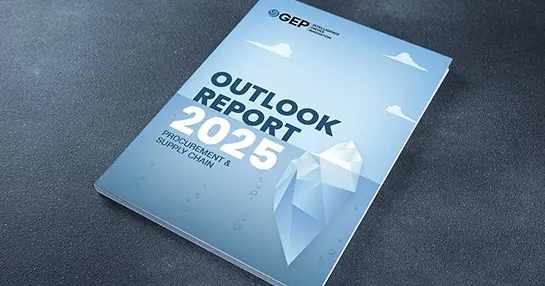GEP excels in sourcing MRO (maintenance, repair and operations) services, managing billions in MRO spend for leading companies across 20+ industries globally. Recognizing the unique challenges of MRO procurement — substantial spend across numerous sites, unpredictable demand, and a diverse vendor landscape — we tailor our approach to balance critical end-user priorities like safety and uptime with cost efficiency. Our extensive experience ensures that even the complexities of numerous SKUs, "just in case" purchasing habits, and frequent spot buys are effectively managed, supported by robust data management practices.
Master Every Aspect of MRO Procurement
- The MRO procurement strategy is focused on creating strategic advantages
- Regional- and category-specific issues/constraints are understood and addressed
- Category strategies are developed and communicated across the enterprise
- MRO procurement is perceived as a high-value generator by top management
- Center-led procurement drives the development of global MRO procurement strategies, policies and processes executed at the local level, and assigns category management responsibility for key categories
- All categories are sourced and revisited by cross-functional teams
- Enterprise spend is leveraged
- Procurement is a key driver behind simplification and standardization of sourced products and services
- Sourcing focuses on strategic suppliers thus reducing the size of the supply base
- The MRO procurement strategy is focused on creating strategic advantages
- Regional- and category-specific issues/constraints are understood and addressed
- Category strategies are developed and communicated across the enterprise
- Proactively use technology to manage the maintenance, repair and operations (MRO) program
- Heavy usage of strategic sourcing tools (eRFX, auctions, contract management)
- Heavy use of spend management tools to understand and manage MRO expenditures and compliance
- Highly automated procurement processes
- Focused on online ordering, invoicing and payment
- Segment items by asset criticality
- Proactively monitor usage to balance asset availability and inventory cost
- Adjust usage forecasts at a minimum annually
- Selective use of VMI/Consignment to drive down inventory costs
- Utilize SLAs to define expectations and KPIs to monitor effectiveness
- Transaction-oriented procurement activities are actively being eliminated
- Standardized/Aligned processes across the enterprise




















